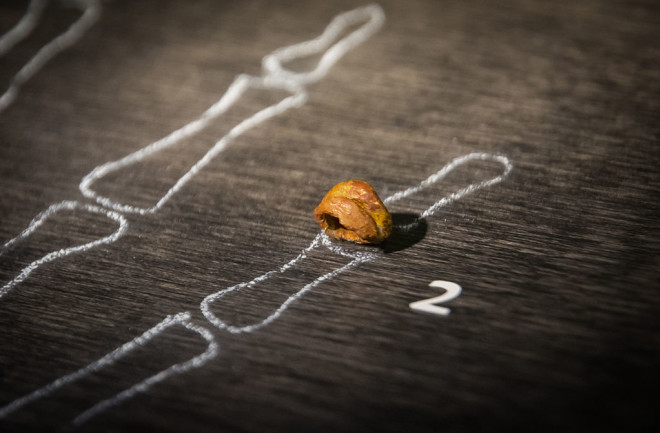In anthropology, bones don't always tell the whole story. Ancient remains can be so rare that an entire species of hominids can be compressed into one single fragment of bone. Thousands of generations, millions of individuals, epic untold stories — and our only insight is a stray tooth, or a few curving shards of skull. That leaves us without a true view of who these people were, even when it comes to our most recent ancestors, like the Neanderthals or the Denisovans.
But a new study using genetic data is offering an intriguing new look into the history of one of those species, the Denisovans, revealing them as a people of far greater diversity, and reach, than ever before. The now-extinct people that we call Denisovans actually consisted of three distinct groups of humans spread throughout Eurasia, the researchers say. And one of those groups might well even be considered its own species. Ancient humans would have interbred with all three of these lineages on multiple occasions, as Neanderthals, Denisovans and Homo sapiens swapped genetic material in a process that has left Denisovan DNA still residing in our cells today.
Denisovan Deep History
Humanity rediscovered the Denisovans only recently. Though some of our long-lost ancestors would have been acquainted with them quite intimately, the humans of today only stumbled across this group of hominins around a decade ago. There, in Denisova Cave, researchers found just a few small fragments of bone that turned out to look unlike anything else they'd seen before.

